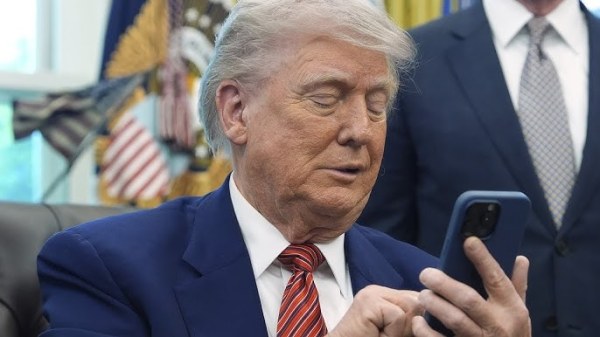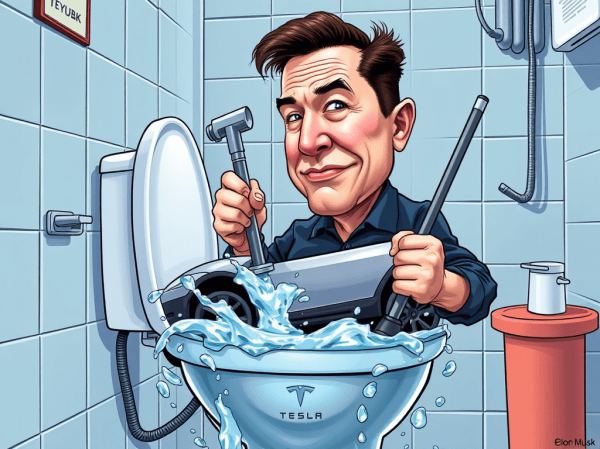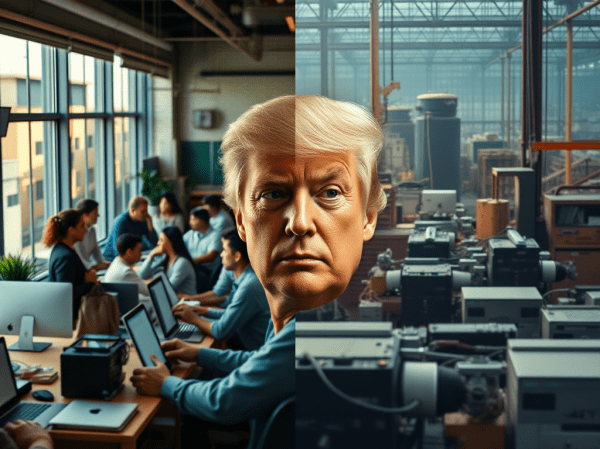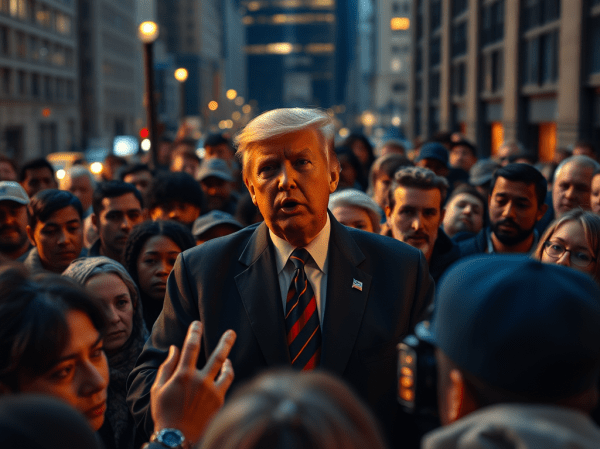The other day, an American friend asked how Canada was currently feeling about Trump and the whole MAGA thing. You may remember some months back a number of broadsides towards Canada from the president that seemingly came from nowhere -– Trump threatening/cajoling us to become the 51st state, on again-off again tariffs, continued assertions that the US does not need Canada for anything, completely unveiled threats towards us from Pete Hoekstra, the American Ambassador to Canada.
We took it personally. “Elbows up” became the Canadian rallying cry – a reference to protecting yourself in our beloved national sport – fighting along the boards balanced on frozen water while wearing sharp blades on your feet. Liquor stores had shelf after empty shelf that once were laden with California reds and Kentucky bourbon. Canadian trips to Disneyland and Las Vegas plummeted. Grocery stores started labeling products that (supposedly – which is another story) came from Canada. Canadian consumers and businesses scrambled to find Canadian substitutes for traditional American suppliers.
That was then. What about now?
Trump and the MAGA train have moved on to an endless list of other scandals and dumpster fires. I haven’t heard a whisper of the 51st state for a long time. While our trade war continues on, fueled by shots across the bow from both sides, I think it’s fair to say that we are now just lumped with every other country reeling from the daily bat-shit crazy barrage coming from Washington. Canadians are used to being ignored, for good or bad, so we’re back to situation normal – all F*$%ed up.
But have Canadians moved on? Have we dropped said elbows? The honest answer is – it’s complicated.
Predictably the patriotic fervor we had early this year has cooled off. California reds are back on the shelves. More Canadians are planning to visit Hawaii and Florida this winter. “Grown in the U.S.A.” stickers are back where they belong, in the produce bins at our grocery stores. When it comes to our American habit – it’s like the line from Brokeback Mountain – “We wish we knew how to quit you.”
Like all relationships, the one between the US and Canada is complex. It’s unrealistic to expect a heavily intertwined relationship like ours to disappear overnight. There are probably no two countries in the world more involved with each other’s business than we are. And that cuts both ways, despite what Mr. Trump says. We have been married to each other for a very long time. Even if we want to go through with it, a divorce is going to take some time.
The numbers from the first six months of our “Buy Canadian” campaign are in, and they are less than inspiring. According to StatsCan, 70% of Canadian businesses saw no increase in sales at all. Even with those that did, the impact was minimal and any gain was usually offset by other sales challenges.
But if you dig a little deeper, there are signs that there might be more long-term damage done here than first meets the eye. In Canadian grocery stores over the past six months, sales of “Made in Canada” products are up 10% while U.S. made goods are down 9%. Those aren’t huge swings, but they have been sustained over 6 months, and in the words of one Canadian analyst speaking on CBC Radio, when something lasts for 6 months, “you’re moving from fad territory to trend territory.”
The dilemma facing Canadians is something called the “Attitude Behavior Gap” – the difference between what we want to do and what we are actually doing. Canadians – 85% of us anyway – want to buy Canadian rather than American, but it’s really hard to do that. Canadian goods are harder to find and typically cost more. It’s the reality of having a trading partner that outnumbers you both in market size and output by a factor of 10 to 1. If we want to have a Ceasar salad in December, we’re going to have to buy lettuce grown in the U.S.
But we are talking relationships here, so let’s relook at that 85% intention to “Buy Canadian” number again. That means that – 6 months after we were insulted – we still feel that a fundamental trust was irrevocably broken. We’re being pragmatic about it, but our intention is clear, we’re looking for alternatives to our past default behavior – buying American. When those alternatives make economic and behavioral sense to us, we’ll find other partners. That is what is happening in Canada right now.
Should Americans care? I believe so. Because I’m sure we’re not the only ones. The world is currently reeling from the sharp American pivot away from being a globally trusted partner. The short-term reality is that we will put up with it for now and pander to the Presidential powers that be, because we have to.
But we’re looking for options. Our dance card is suddenly wide open.










